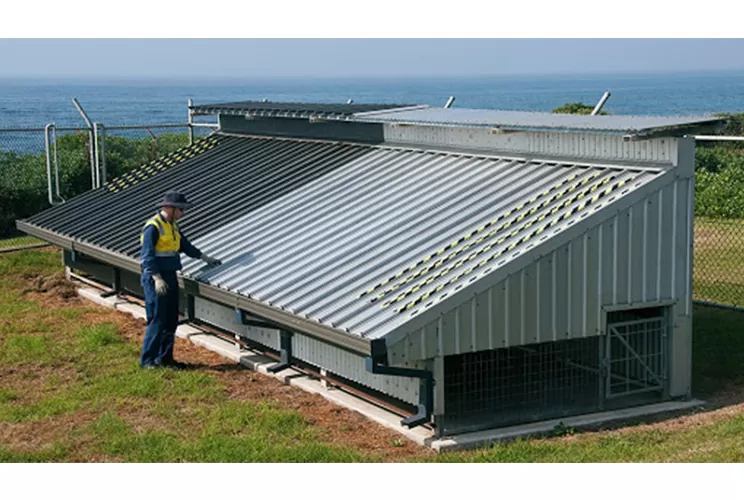Over time, metal roofs can become worn, faded, or damaged due to exposure to the elements. However, restoring a metal roof can breathe new life into it, extending its lifespan and enhancing its appearance. In this article, we will explore the process of restoring a metal roof, highlighting the benefits and steps involved in reviving its durability and aesthetic appeal.

Understanding the Need for Metal Roof Restoration:
Metal roofs are known for their durability and longevity. However, even the most well-maintained roofs can show signs of wear and tear over time. Factors such as weather conditions, UV radiation, and aging can cause paint fading, corrosion, or leaks. Instead of opting for a costly roof replacement, restoring a metal roof can be a cost-effective and sustainable solution.
Benefits of Restore Metal Roof:
Restoring a metal roof offers numerous benefits, including:
- Enhanced Durability: The restoration process involves repairing any damages, reinforcing weak areas, and applying protective coatings, thus improving the roof’s strength and resistance to future damage.
- Improved Energy Efficiency: Metal roof coatings can reflect sunlight, reducing heat absorption and lowering cooling costs in warm climates. This energy-saving feature can contribute to a more sustainable and cost-effective building.
- Aesthetic Transformation: By restoring a metal roof, you can rejuvenate its appearance, giving it a fresh and attractive look. The application of new coatings can revive faded colors and restore the roof’s original aesthetic appeal.
Steps in Restoring a Metal Roof:
- Inspection and Assessment: Begin the restoration process with a comprehensive inspection of the metal roof. Identify areas of damage, corrosion, or loose seams. Assess the roof’s overall condition to determine the necessary repairs and restoration procedures.
- Repairs and Preparation: Repair any identified issues, including loose screws, damaged panels, or leaks. Clean the roof surface thoroughly, removing debris, dirt, and loose paint. Ensure the roof is dry and free of any contaminants before proceeding to the next step.
- Application of Protective Coatings: Apply a primer to the prepared roof surface to improve adhesion. Next, coat the entire roof with a high-quality metal roof coating. These coatings act as a protective barrier, preventing further corrosion, extending the roof’s lifespan, and enhancing its resistance to weather elements.
- Final Touches and Maintenance: Once the coatings have cured, inspect the roof for any touch-ups or necessary adjustments. Ensure that all seams are sealed and that the restored roof is watertight. Implement a regular maintenance routine, including periodic inspections and cleaning, to maximize the longevity and performance of the restored metal roof.
Conclusion:
Restoring a metal roof can be a practical and cost-effective solution to revive its durability and appearance. With the right approach and materials, a restored metal roof can regain its strength, protect your building from the elements, and enhance its aesthetic appeal. If your metal roof is showing signs of aging or damage, consider the benefits of restoration before opting for a full replacement. Consult with a professional roofing contractor to assess your roof’s condition and guide you through the restoration process. Restore your metal roof and enjoy its renewed durability and visual appeal for years to come.



Leave a Reply